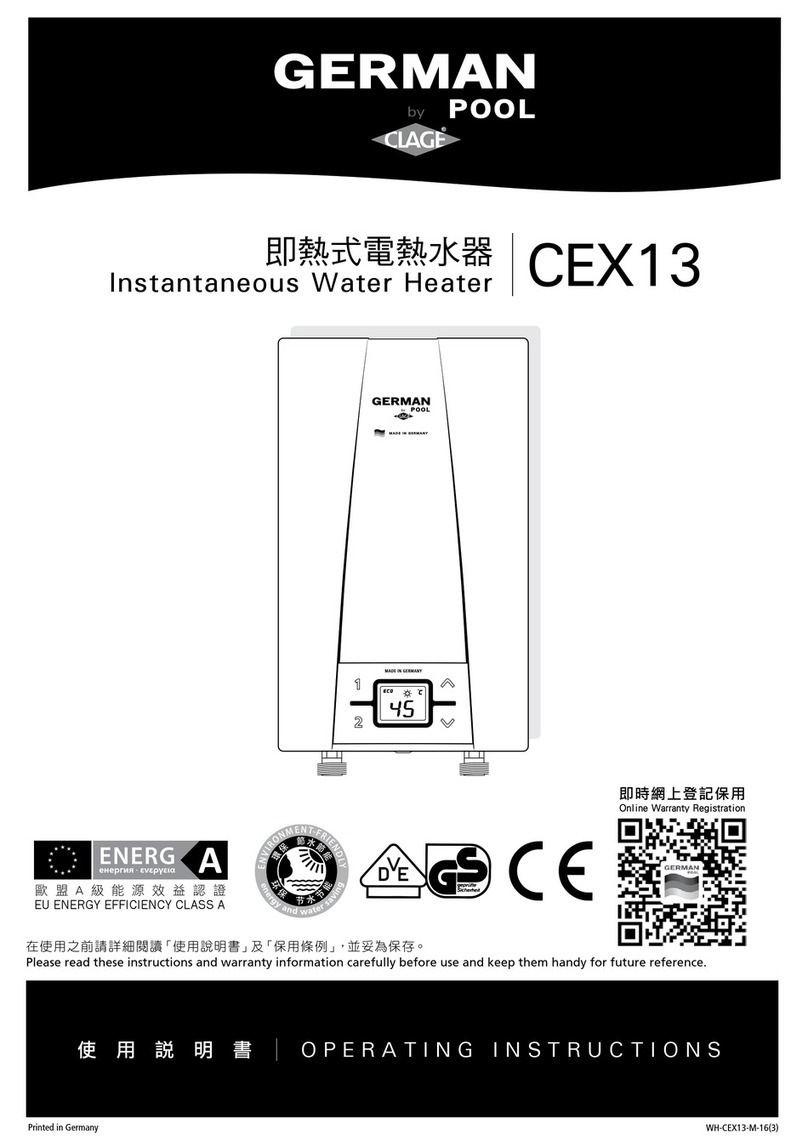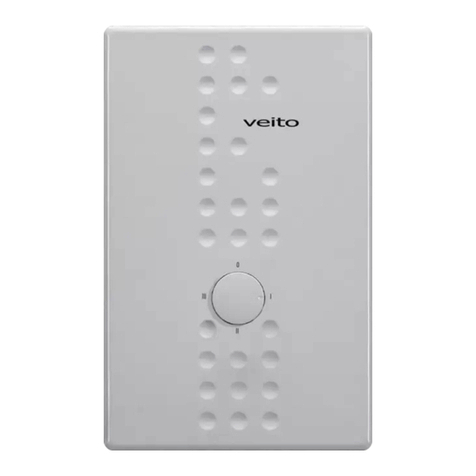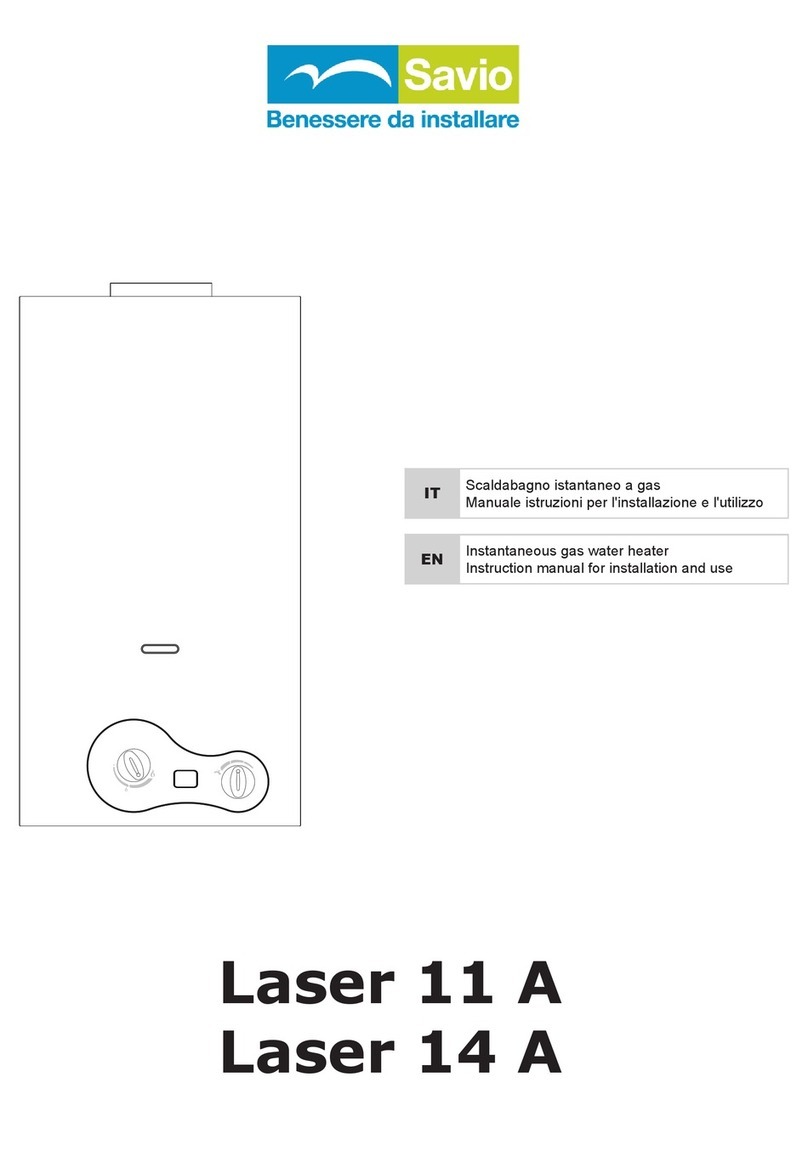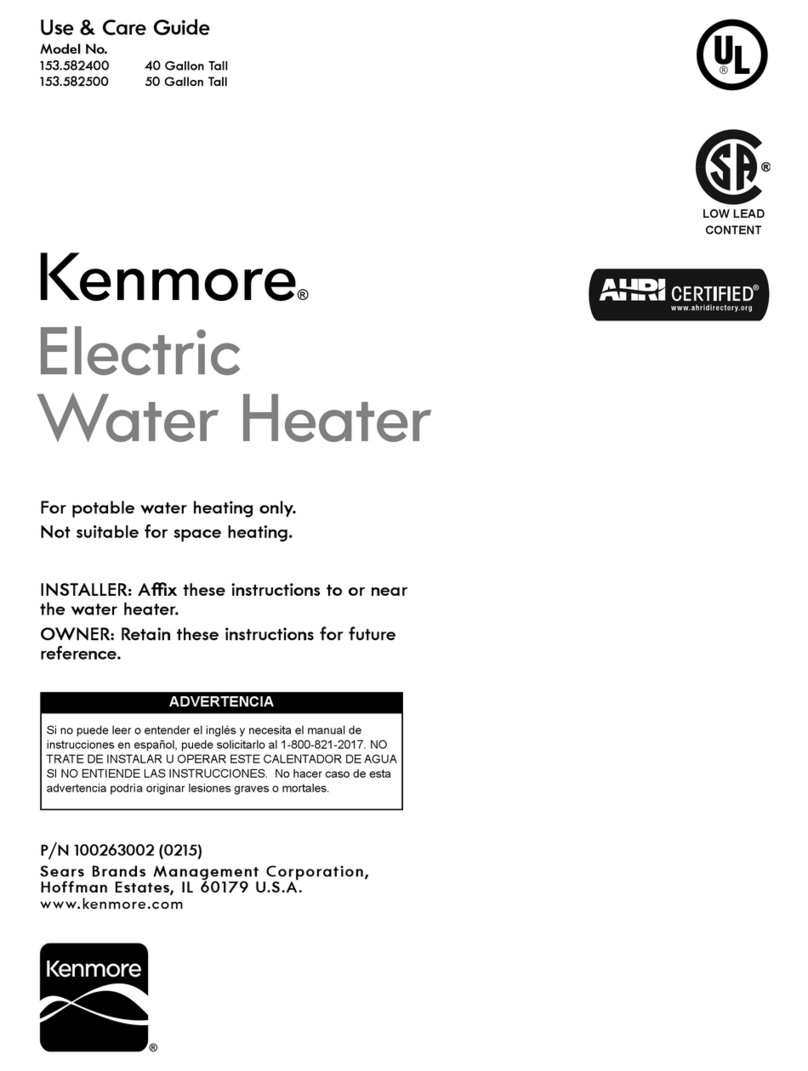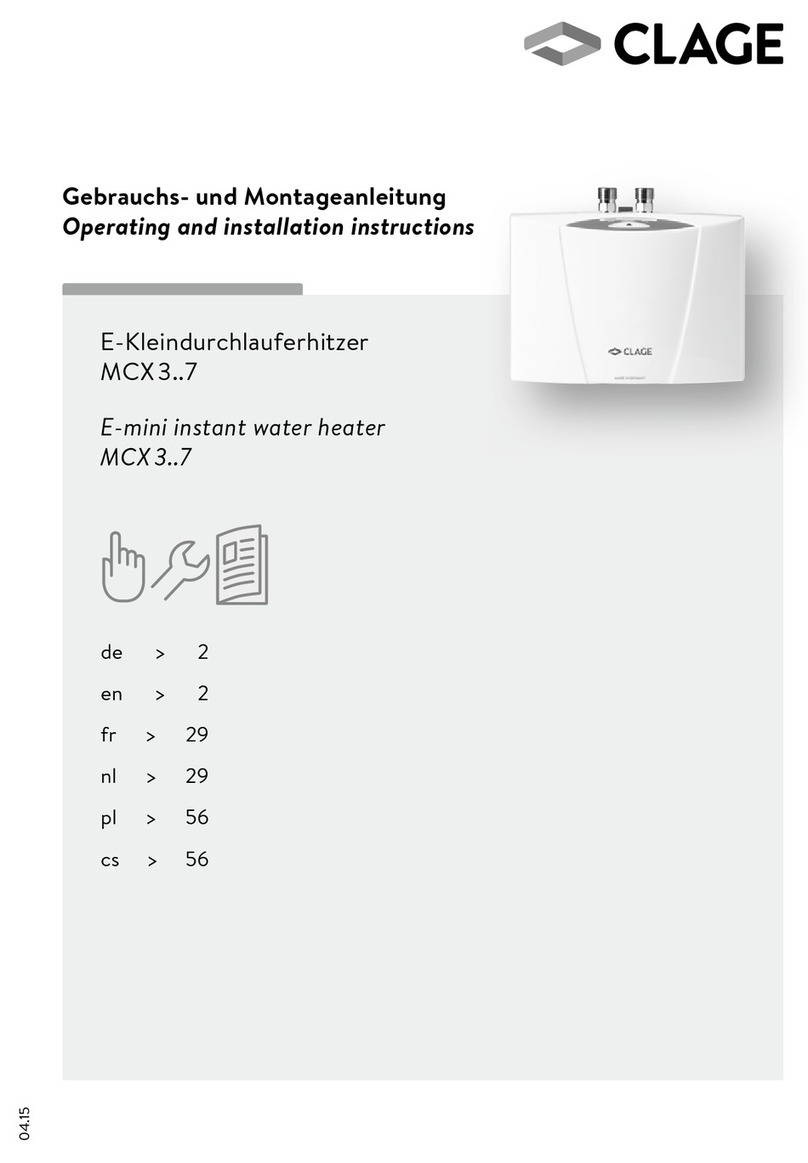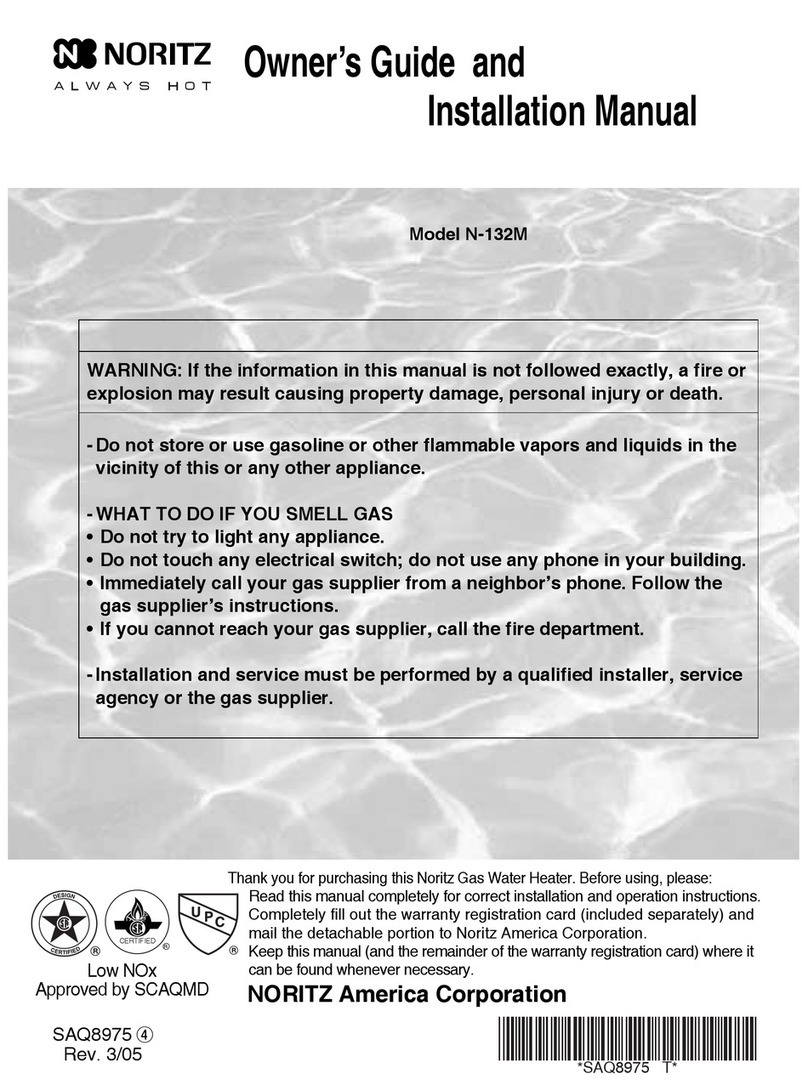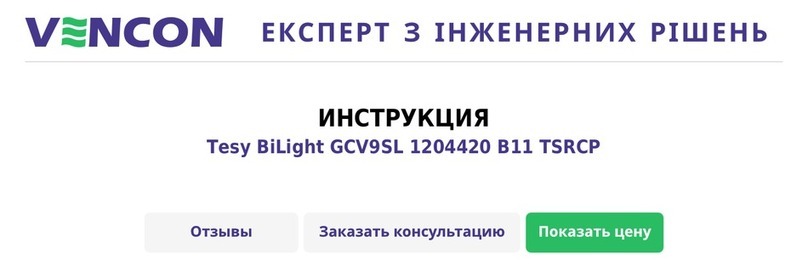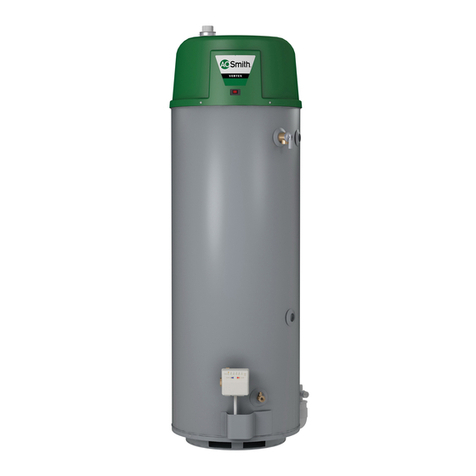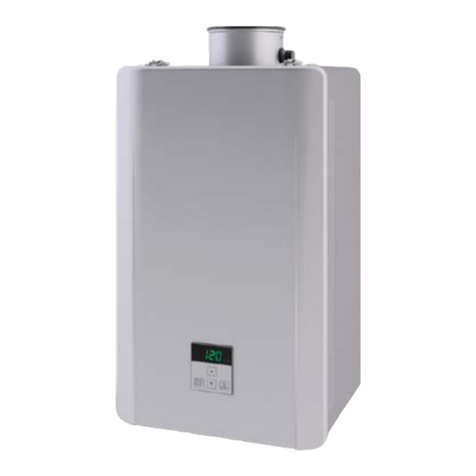For Your Safety
WARNINGS must be observed to prevent serious
injury, or death to personnel.
CAUTIONS must be observed to prevent damage
or destruction of equipment or loss of operating
effectiveness.
NOTES must be observed for essential and effective
operating procedures, conditions, and as a statement
to be highlighted.
It is the responsibility and duty of all personnel involved
in the operating and maintenance of this equipment
to fully understand the WARNINGS, CAUTIONS, and
NOTES by which hazards are to be eliminated or
reduced. Personnel must become familiar with all
aspects of safety and equipment prior to operation
or maintenance of the equipment.
The following WARNINGS, CAUTIONS, and NOTES
appear in various sections of this manual. They are
repeated on these safety summary pages as an example and for emphasis.
WARNING
HOTTER WATER CAN SCALD: Water heaters are intended to
produce hot water. water heated to a temperature which will
satisfy clothes washing, dish washing, and other sanitizing
needs can scald and permanently injure you upon contact.
Some people are more likely to be permanently injured by hot
water than others. These include the elderly, children, the
infirm, or physically/mentally handicapped. If anyone using hot
water fits into one of these groups or if there is a local code or
state law requiring a certain temperature water at the hot water
tap, then you must take special precautions. In addition to
using the lowest possible temperature setting that satisfies your
hot water needs, some type of tempering device, such as a
mixing valve, should be used at the hot water taps used by
these people or at the hot water heater. Mixing valves are
available at plumbing supply or hardware stores. Follow
manufacturer’s instructions for installation of the valves. Before
changing the factory setting on the thermostat, read the
“Temperature Regulation” section in this manual.
CAUTION
Do not install the water heater in an uncontrolled environment
where the condensate will be subject to freezing temperatures.
Section 2.
NOTE
The water heater must not be installed on carpeting. Section 2.
NOTE
The water heater shall be installed such that the gas ignition
system components are protected from water
(dripping, spraying, rain, etc.) during water heater operation
and service. Section 2.
NOTE
All pulse combustion water heaters must be installed with
vibration isolators. No pulse combustion water heater shall be
lagged directly to the concrete floor due to the transfer of
vibration. In the box of trim shipped with each pulse water
heater, Fulton supplies 4 elastomer coated fiberglass cubes
used for vibration isolation. For all non-critical installations
these cubes must be under each foot of the water heater.
Flex connectors must be installed on the water inlet and outlet
lines. For installations near “sensitive” areas such as
offices, classrooms, or hospital rooms, spring mounts-
which fit under the corner of each water heater-must be
used instead of the cubes, and flex connectors must be
installed on the water inlet and outlet lines. Flex connectors
may be installed on the gas inlet if necessary. Spring loaded
pipe hangers may be used on the air inlet, water inlet and
outlet, and the flue gas outlet pipes, Contact your Fulton
Representative for vibration isolation packages designed
specifically for your application. Section 2.
CAUTION
The discharge from safety relief valve shall be so
arranged that there will be no danger of scalding of
personnel. Section 2.
WARNING
No shutoff of any kind shall be placed between the
safety relief valve and the water heater or on the discharge
pipe between such valve and the atmosphere. Doing so can
cause an accidental explosion from over-pressure. Section 2.
NOTE
Intake PVC piping must be assembled using cement.
This will ensure that the intake is air tight and will
not allow contaminates from the room into the water heater.
Section 2.
WARNING
HYDROGEN GAS: Hydrogen gas can be produced in a hot
water system that has not been used for a long period of time
(generally two weeks or more). Hydrogen gas is extremely
flammable and explosive. To prevent the possibility of injury
under these conditions, we recommend the hot water faucet be
opened for several minutes at the kitchen sink before any
electrical appliances which are connected to the hot water
system are used (such as a dish washer or washing machine).
If hydrogen gas is present, there will probably be an unusual
sound similar to air escaping from the pipe as the hot water
faucet is opened. There must be no smoking or open flame
near the faucet at the time it is open.
NOTE
See table on Page 13 for required pipe size, based on
overall length of pipe from meter plus equivalent
length of all fittings. Approximate sizing may be based
on 1 cubic foot of natural gas per 1,000 BTU/Hr.
input. Section 2.
NOTE
Piping schematic consistent with the ANSI/ASME
Boiler & Pressure Vessel Code Section IV. Section 2.
CAUTION
Some soaps used for leak testing are corrosive to
certain types of metals. Rinse all piping thoroughly
with clean water after leak check has been completed.
4-PDWH
